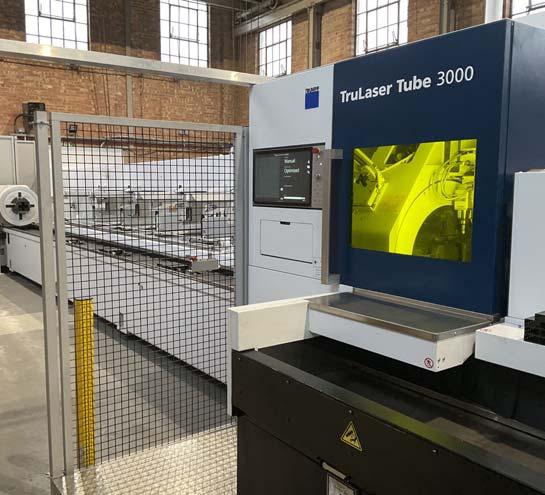
1 minute read
In-house tube capability
to design folded profiles for features that would normally lend themselves to box section, just so we could produce it quickly in-house using our flat-bed laser and press brakes. By investing in a tube laser we can make it a lot easier and more efficient for ourselves in terms of design and how we join parts together.”
The Trumpf TruLaser Tube can accommodate tube diameters up to 152mm and process mild steel up to 8mm thick, stainless steel and aluminium up to 6mm, and copper and brass up to 4mm. The 3kW machine, which is the first of its type in the UK, includes a 3D cutting head and automated loading with bundle space for up to 4 tonnes of unprocessed material.
“Although we’ve been really busy, the machine is so quick that keeping it fed can sometimes be a challenge,” said Mr Bernstein, alluding to the exceptionally fast processing speed of the TruLaser Tube 3000 fiber. “As well as eliminating the need to outsource our tube laser work, reducing lead times and designing parts more efficiently, the new machine gives us a unique selling point when promoting our services. We like to help our customers with their design for manufacture requirements and the tube laser plays a big part in that offer.”
8 lasercell.co.uk
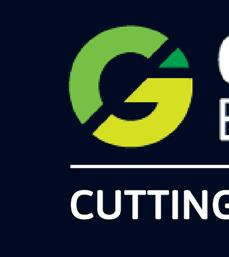
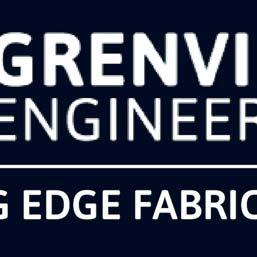




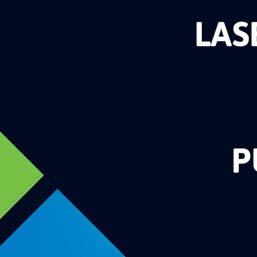
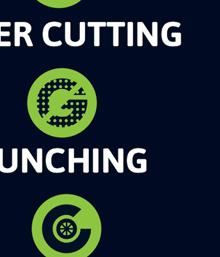
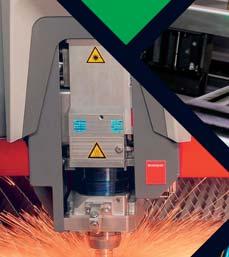
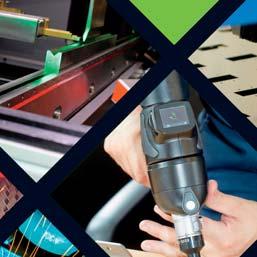

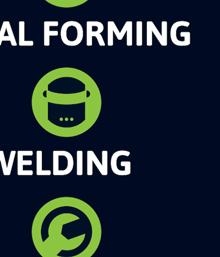
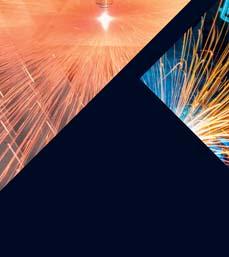
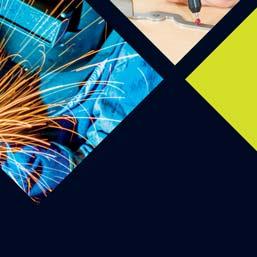

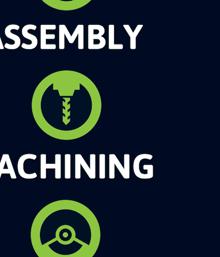



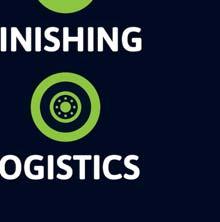
Lincoln-based Micrometric, which offers micro laser manufacturing and multiprocess services, is celebrating its 40th year of business.

With this special anniversary, Micrometric is reflecting on the changes the company has faced and the evolution of services it provides in a range of sectors including medical, aerospace and automotive. Founded by Maurice Gates and Neil Main, Micrometric began by cutting sheet metal using innovative CO2 lasers in January 1983 and had a turnover of only £50 in its first month - but this soon started growing.
Neil Main, Managing Director of Micrometric, remembers contracts that changed the services provided by Micrometric: “We were asked by the Atomic Energy Research Establishment at Harwell if we could make radiation sensors for detecting alpha radiation. They needed small rectangles cutting and each to have a letter and number and error code that was different on each. At that time our competitors were not able to do this, so we rose to the challenge and successfully output the parts using the large CO2 laser (DE) and BBC Micro.”
By 1990, Micrometric Techniques was a precision laser processor, and several industries were asking the team to make parts: electronics, gas turbines, food manufacturers, and medical. Most of the medical items were for instrumentation but Micrometric was asked to make









